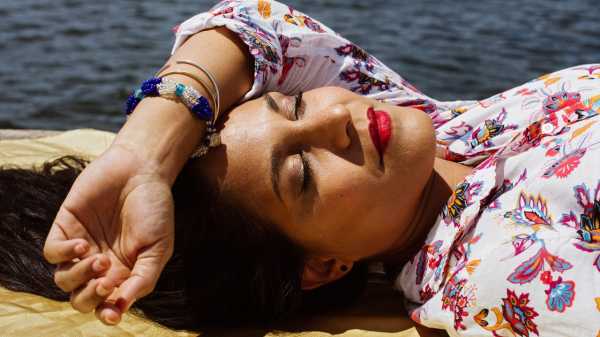
Plenty of Cuban women have made their marks on jazz music, from the Buena Vista Social Club’s Omara Portuondo and the salsa legend Celia Cruz to the Queen of the Bolero, Olga Guillot, who coached Nat King Cole on his Spanish. But, in past generations, Cuba’s jazzistas were predominantly singers; female instrumentalists were too often confined to all-female dance bands, like Anacaona and Canela, and squeezed into matching skintight ensembles.
Last summer, the photographer Rose Marie Cromwell and I travelled to Havana to capture a new generation of female musicians, one that has a different sort of footing in the jazz world. Many of these women have serious chops as instrumentalists. Some have shaved heads or mohawks, or play traditional drums that women were once forbidden to play. All are graduates of Havana’s hypercompetitive Amadeo Roldán Conservatory, the alma mater of the Afro-Cuban jazz legend Chucho Valdés, whose daughter, the pianist Leyanis Valdés Reyes, is pictured in the series.
In Cuba, there are no programs that offer a formal jazz education, and government-sanctioned performing opportunities are scarce. The choice to play jazz—once considered the music of the enemy—can relegate you to the margins of Cuba’s musical bureaucracy. The women in Cromwell’s photographs studied classical music at Amadeo Roldán; they learned jazz in self-formed student ensembles after school. They benefitted from having deep roots in the country’s music scene—several are the daughters of Cuban music legends—and from connections to an international jazz community. They’ve had access (albeit limited and costly) to the Internet, which has provided new avenues of opportunity. Some have taken online courses and watched YouTube tutorials to brush up on technique and theory, or crowdfunded their albums.
They’ve also had more female role models, such as the Canadian saxophonist and flutist Jane Bunnett. Since the early nineteen-eighties, Bunnett has made more than a hundred trips to Cuba, bringing instruments to the island and working to nurture musicians there. Daymé Arocena, a twenty-six-year-old jazz singer, is a founding member of Bunnett’s all-female Afro-Cuban sextet, Maqueque. Of the first time she met Bunnett, at Cuba’s Jazz Plaza Festival, Arocena has said, “A lady came out of nowhere with a soprano saxophone in her hand and shouted in the middle of the room, ‘Viva las Mujeres!’ ”
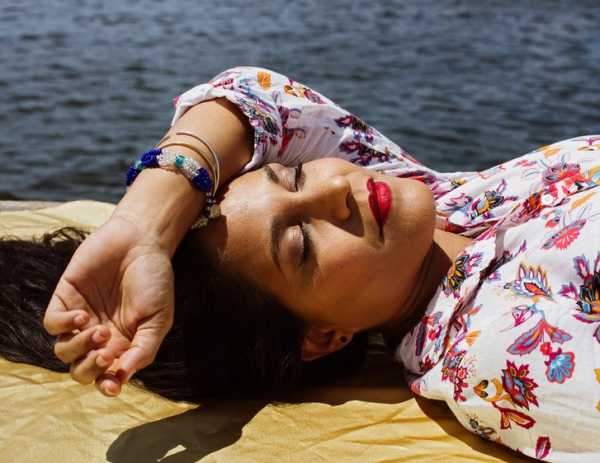
Haydée Milanés, Valdés Reyes’s classmate at Amadeo Roldán, also had a famous father—the singer-songwriter Pablo Milanés, who, as a founder of the Nueva Trova movement, became a voice of the Cuban revolution. After years of trying out different styles (part of a necessary rebellion against her father, she says), Milanés found her musical identity in the past, in Cuban traditional genres such as son, bolero, and filin (from the English word feeling)—a style that was popular in Cuba in the nineteen-forties, influenced by American jazz singers of that era.
There are lots of Cuban singers who want to sound like singers from the United States, Milanés said. She is not one of them. “What sense does it make to sound like someone you’re not? Me, I’m Cuban,” she said.
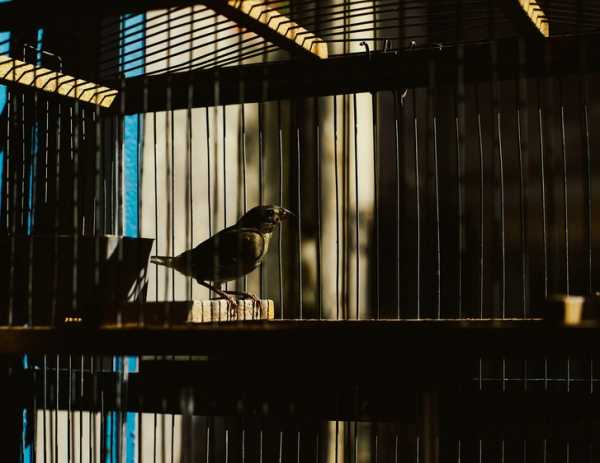
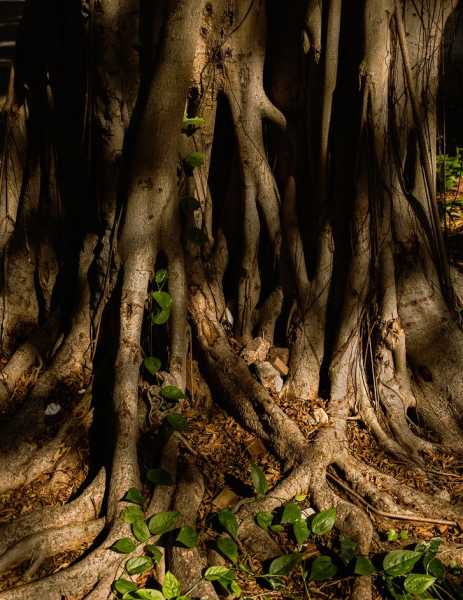
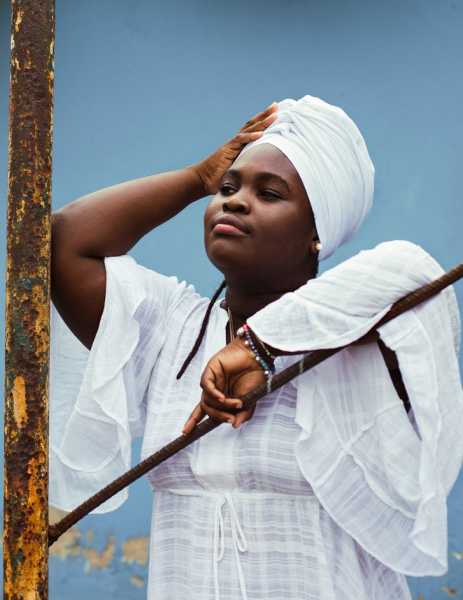
Daymé Arocena was nineteen when she first tried to form an all-female jazz group, applying for approval through the Cuban employment office. “We tried three times and couldn’t get it,” she said. “Nobody believed in us.”
Now Arocena is one of the world’s fastest-rising jazz vocalists. She is petite with an improbably enormous voice, a rich alto that has made the news since she was a young girl. During a visit to Cuba, the former President of Venezuela Hugo Chávez heard her sing in a children’s choir. He looked at her in astonishment, and then began hugging and kissing her.
When she first arrived at Amadeo Roldán, Arocena said, she “didn't know shit about jazz.” A student-led big band, looking for a singer, gave her some sheet music to learn, and another student gave her a burned CD of standards. One song stood out in particular: Nina Simone’s “I Put a Spell On You.” “I came to the rehearsal the next day and was, like, ‘There is a song, and I don’t know if it is a girl or a boy singing, but that is what I want to sing.’ ” Along with Simone, Arocena counts the legendary Cuban singer La Lupe as a major influence on her sound. Arocena’s father, a night-club manager, once worked at La Red, the basement club in Havana’s Vedado district where La Lupe's career took off.
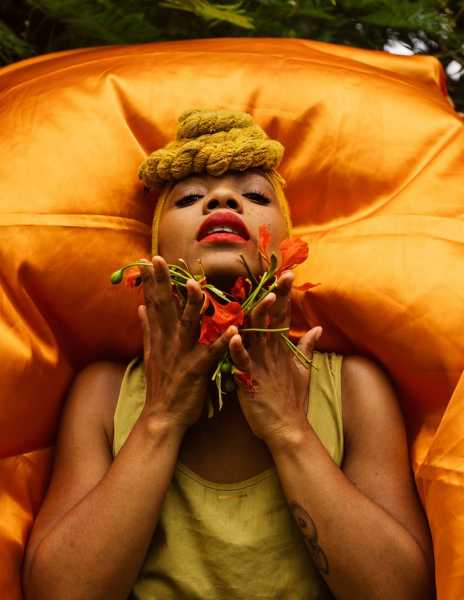
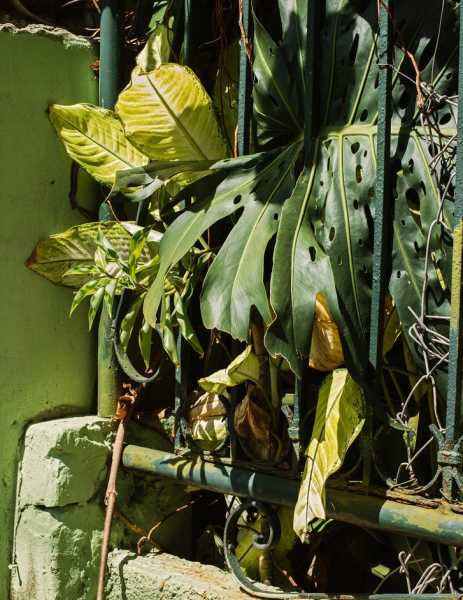
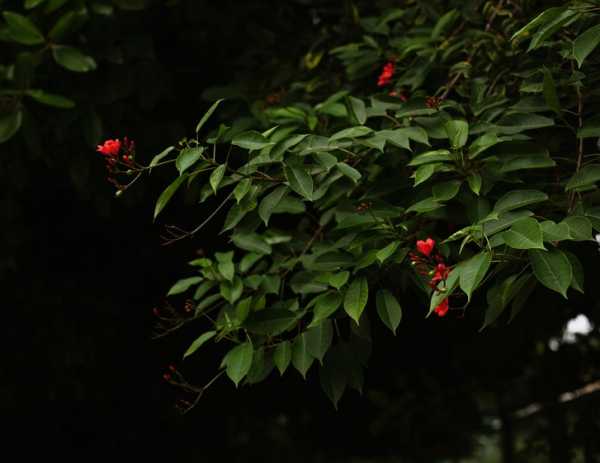
“ ‘How cute,’ they say, ‘a woman playing the drums,’ ” Brenda Navarrete said. At twenty-eight, she is a high-energy singer and multi-instrumentalist who plays, among other things, timbales, conga, cajón, bongo, djembe, minor percussion, xylophone, timpani, piano, and bass.
But it is on the batá that Navarrete has distinguished herself. A cornerstone of Santería religious ceremonies, batá drumming is a hypercompetitive ritual among men, judged on speed and memory; women are widely regarded as lacking the physical stamina for the instrument. In the religion, women are allowed to sing but are often prohibited from playing the batá and sometimes even prevented from standing near the instrument.
Navarrete is a long-standing member of Interactivo, a Havana-based musical collective led by the pianist Roberto Carcassés, who is known for incubating the city’s best jazz talent. Navarrete’s half sister Melvis Santa, the current lead singer of Maqueque, also performed with the group.
“I am serious. I prepare a lot, I have studied with the masters,” Navarrete, who released her first solo album, “Mi Mundo,” last year, said. “The concept of cute doesn’t interest me.”
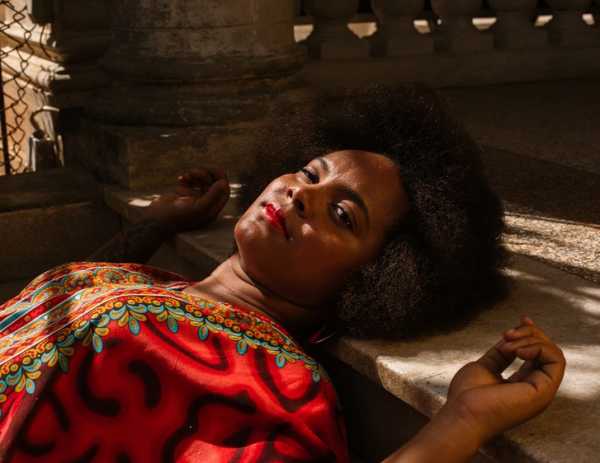
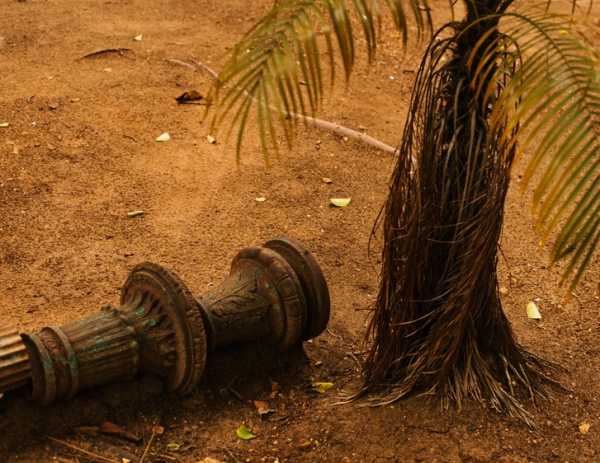
Yissy García, a thirty-one-year-old drummer, is also part of Maqueque and fronts her own band, Bandancha.
She is the daughter of Bernardo García, who played drums in the legendary group Irakere, which was the first Cuban band to perform in the United States after the revolution.
“I loved going to his rehearsals and whenever he had a break I would sit on the drums and try to play something,” she said. Her parents tried to steer her away from the drums and toward dance, believing that the drums would be too heavy for her to carry. But she wouldn’t have it; she said that going to dance class felt “as if they were giving me the biggest punishment of my life.”
Last May, García released a music video, directed by Yeandro Tamayo, that features same-sex couples kissing; it was among the first Cuban-made portrayals of homosexual love to appear on a state-run channel in Cuba. The video won three Lucas awards—Cuba’s highest honor for music videos.
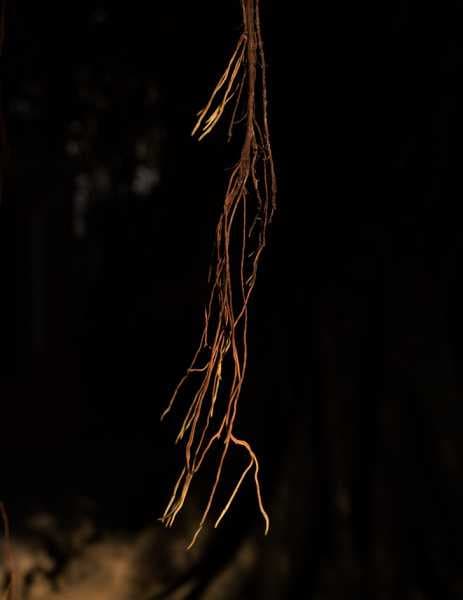
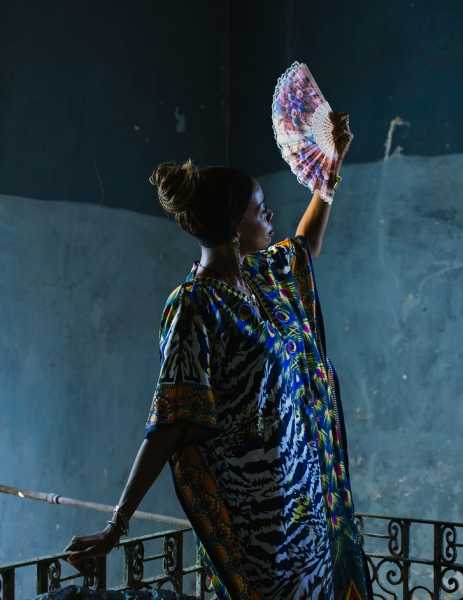
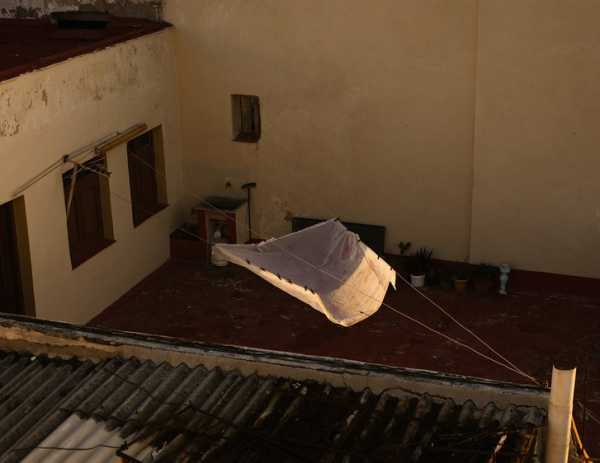
Leyanis Valdés Reyes, who is thirty-seven, grew up with García; their fathers were in Irakere together. Her father is Chucho Valdés. He advised his daughter to “really discover who you are inside” as a musician. But doing so as a Cuban jazz pianist whose father is Chucho, a name synonymous with Cuban jazz piano, wasn’t easy.
Valdés Reyes sought to establish her own musical identity by immersing herself in classical music and performing abroad. But, in the end, she came back to the family business. When I met her, in Centro Habana, she was with her brother Jessie, who is a drummer. He’s in her band, she’s in his. When she plays, they said, both hear their father’s voice.
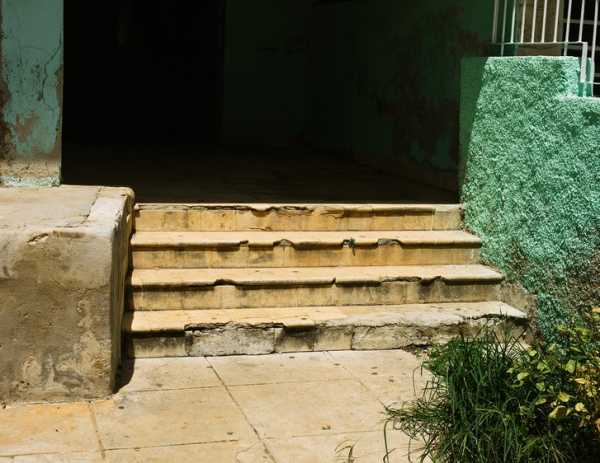
Sourse: newyorker.com






